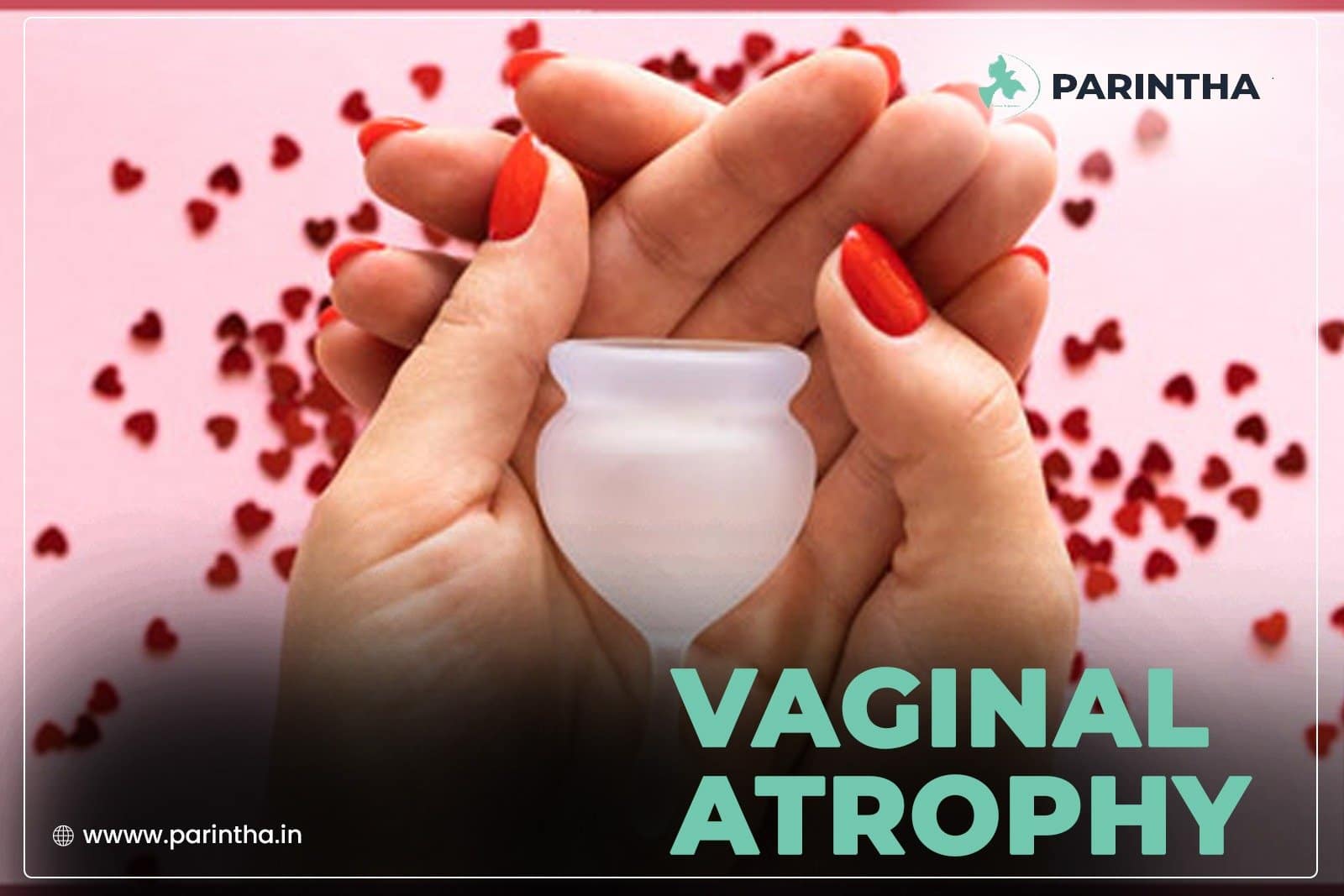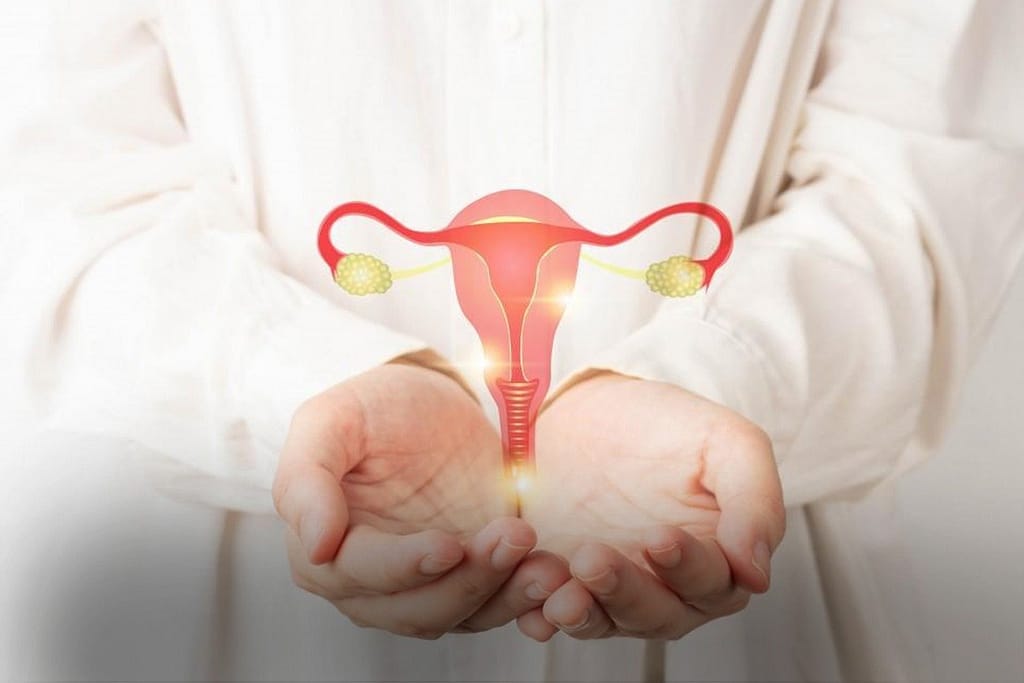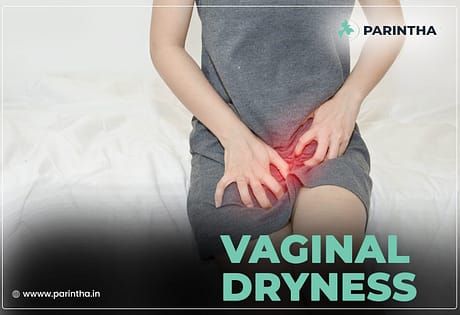
Experiencing discomfort, dryness, or pain due to vaginal atrophy can significantly impact a woman’s quality of life, particularly during menopause and beyond. Vaginal atrophy, also known as atrophic vaginitis, occurs when the vaginal tissues thin and become inflamed due to a decrease in estrogen levels. In this article, we will explore various options, from topical treatments to lifestyle changes, that can help manage and relieve the discomfort associated with vaginal atrophy.
What is Vaginal Atrophy?
Vaginal atrophy, also known as atrophic vaginitis, is a condition characterized by the thinning, drying, and inflammation of the vaginal walls due to a decrease in estrogen levels. This condition is most common in women who are postmenopausal, but it can also occur in younger women who have low estrogen levels due to other factors, such as breastfeeding, certain medical treatments, or surgical removal of the ovaries.
Vaginal Atrophy Treatment and Management
Hormonal and non-hormonal options are available for Vaginal Atrophy including dryness and vulvitis treatment and management.
Hormonal Therapy
Hormonal therapy is a cornerstone in the treatment of vaginal atrophy, providing significant relief by addressing the root cause of the condition.
Hormonal Replacement Therapy (HRT): If symptoms persist, localized or systemic hormonal therapy may be necessary.
Localized Hormonal Therapy: Includes topical/ vaginal estrogen, intravaginal estrogen releasing ring, and vaginal dehydroepiandrosterone. Local therapy with vaginal estrogen is generally safer than systemic therapy, with fewer side effects and higher efficacy (80%-90%).
Systemic HRT: Alleviates symptoms in about 75% of cases but comes with more side effects.
Contraindications for Vaginal Estrogen Therapy
While vaginal estrogen therapy is an effective treatment for vaginal atrophy, it is not suitable for everyone. Understanding the contraindications is crucial to ensuring patient safety and optimal treatment outcomes.

- History of estrogen receptor-positive breast cancer
- Other estrogen-dependent cancers
- Thromboembolism disorders
- Liver disease
- Undiagnosed vaginal bleeding
- Endometrial hyperplasia
- Heart disease
- Pregnancy
- Migraines with aura
- Allergy to estrogen or the carrier product
Clinical Evaluation and Follow-Up is recommended in hormonal therapy
Clinical evaluation and regular follow-up are essential components of hormonal therapy for vaginal atrophy. These measures ensure that the treatment is effective, monitor for potential side effects, and allow for timely adjustments to the therapy plan if needed.
Vaginal Maturation Index: Used to evaluate the response to estrogen therapy.
Lactobacillus Predominance: Associated with fewer genital symptoms compared to changes in pH.
Ongoing Assessment: Follow-up plans should include continuous assessment of symptoms, vaginal morphology, and vaginal pH.
Non-Hormonal Therapy
For women seeking relief from vaginal atrophy without the use of hormones, non-hormonal therapies offer effective alternatives.
Lubricants and Moisturizers: These are the primary options for symptomatic improvement, especially for patients who cannot use estrogen therapy. They provide relief from vaginal dryness and improve comfort during intercourse.
Lubricants: Provide short-term relief, typically used during intercourse.
Moisturizers: Offer longer-lasting relief and can be used daily or every 2-3 days. They help maintain the health and integrity of the vaginal epithelium and flora.
Regular Sexual Activity: Encouraged to maintain vaginal health.
Physiological Considerations: The pH and osmolality of moisturizers and lubricants should match the natural vaginal environment to assist in symptom relief and reduce the risk of vaginal infections and vulvitis treatment (inflammation of vulva).
Types of Products You Can Use for Vaginal Atrophy:
Vitamin E Gel: Can be used but may stain.
Polycarbophil-Based Gel: Typically used up to three times weekly.
Water-Based Products: Compatible with barrier methods.
Silicone-Based Lubricants: Last longer than water-based products and can double as massage lotions.
Allergy Considerations: Some women may be sensitive to additives like dyes, perfume, bactericides, or spermicides. Avoid petroleum-based products as they can interfere with condoms and disturb vaginal flora.
Patient-Centred Approach
A patient-centered approach to managing vaginal atrophy (atrophic vaginitis) emphasizes personalized care and open communication between the patient and healthcare provider.
Individualized Care: Treatment goals should be tailored to alleviate symptoms, reverse physiological changes, and improve quality of life. Consider the patient’s medical history, personal lifestyle, and treatment goals.
Patient Preference: Crucial in selecting the treatment delivery method. Discuss the pros and cons of each product to facilitate an optimal choice and ensure treatment adherence.
Intravaginal Estrogen Products
Common Products: Conjugated estrogen cream, estradiol cream, estradiol tablet, estradiol vaginal ring, and estradiol transdermal patch.
Treatment Strategy:
- Use the lowest effective dose to reduce systemic estrogen exposure.
- Taper the therapy after symptoms and function improves.
- Some patients may require maintenance therapy indefinitely.
Conclusion
Effective treatment of atrophic vaginitis involves a combination of non-hormonal and hormonal therapies, tailored to the individual needs and preferences of the patient. Open communication, education, and regular follow-up are key to improving outcomes and quality of life for women experiencing this condition.
References
J Womens Health (Larchmt). 2009;18(10):1595-1606.
Obstet Gynecol. 1985; 66:15-18.
Menopause. 2007;14:355-369.
Arch Sex Behav. 1977; 6:341-348.
J Clin Pathol. 2002; 55: 446-451.
Maturitas. 2024;185,107978.
Climacteric. 2024;27(3):236-244.
Am Fam Physician. 2000;15;61(10):3090-3096.



